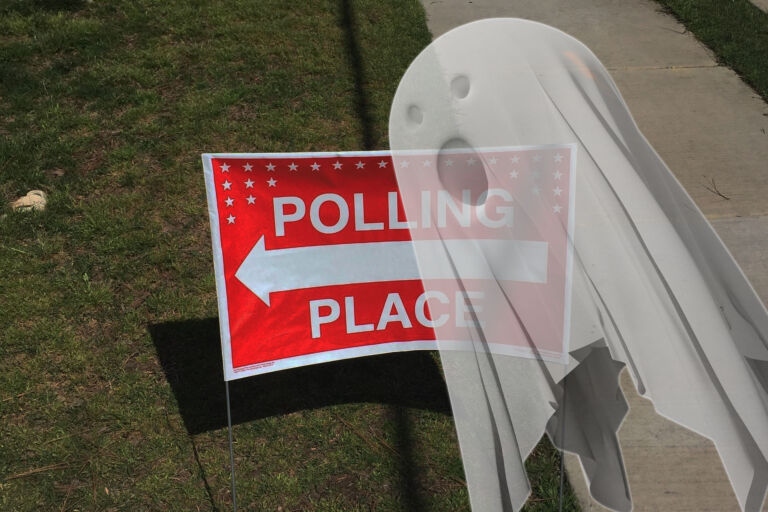1. Charlotte paper recognizes a turkey study
It’s about time that members of editorial boards recognized the scam of consultant reports paid for by cities. The Charlotte Observer editorial page noticed that, once again, the city was being asked to spend money on a project based on a "too good to be true" consultant report – between $7 and $11 million on a baseball stadium for the Charlotte Knights. The paper, and probably everyone else in town, could not help but notice that the consultant, UNC economist John Connaughton, was the same one who promised huge economic benefits from the NASCAR Hall of Fame and the U.S. National Whitewater Center, both of which have been on taxpayer subsidy life support.
2. Raleigh’s Dangerous Merry-go-rounds
When the roundabouts were proposed for Hillsborough Street, we said that the street was ill suited for the merry-go-rounds.
Now according to the N&O, DOT recognizes that 100 crashes on the two-lane roundabout at Hillsborough and the NC State Bell Tower are too many and calls for redesigning the roundabout. While it appears that most of these accidents are relatively minor, the roundabouts and other "traffic calming" techniques slow emergency vehicles, increasing response times for fire trucks and ambulances. Jenna Robinson’s November 2006 John Locke Foundation study found:
"Studies performed by seven American cities and assembled by the Institute of Transportation Engineers show that speed humps, speed tables, and traffic circles (roundabouts) have negative effects on emergency response times…. (emphasis added)
"The construction of roundabouts on Hillsborough Street near the campus of North Carolina State University and the conversion of downtown streets from one-way to two-way near the state capitol will aggravate the city’s traffic congestion problem and slow emergency vehicles, posing a threat to human life."
For details, see her report:
3. Yet another Train Wreck: Charlotte’s rail red line
A new study of the proposed Charlotte rail red line that runs north from Charlotte to Iredell County argues that it is "an expensive, risky project that is likely to produce few benefits for anyone other than the contractors who build it."
For this reason and many others outlined in the report, the Iredell County Commissioners voted 5 to 0 to oppose the red line proposal.
This reinforces our initial 2008 evaluation of the LYNX line. This line was originally forecast to cost $227 million but finally cost $561 million, about 130 percent over budget. For this price tag, taxpayers got many failures:
- "Impacts on congestion are too small to be seen in street traffic, but are computed to be about 1/2 minute in travel-time savings for corridor drivers remaining on the street system.
- "LYNX’s impact on air quality is about 0.05-0.09 percent of regional emissions, too small to be observable."
For more details see:
"Charlotte’s LYNX Line: A Preliminary Assessment" by Dr. David Hartgen.
Unfortunately, many elected, civic and bureaucratic leaders in Wake County have not learned anything from the Charlotte train wreck. They are forging ahead with their own train wreck that is "all cost and no benefit."
Professor Hartgen provides this analysis of the Wake County Transit Plan. His conclusion is that the rail and bus proposal in the Wake County Transit Plan: "is not technically or financially feasible and is unreliable as the basis for decisions regarding transit investment in Wake County."
Click here for the Local Government Update archive.


